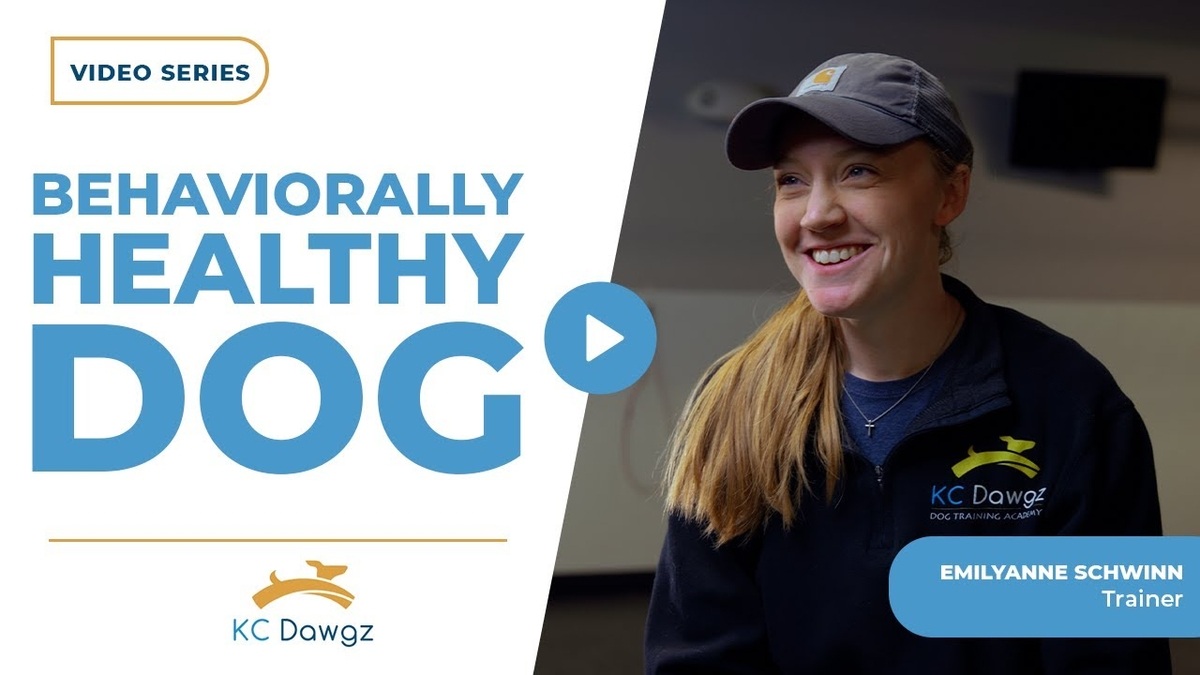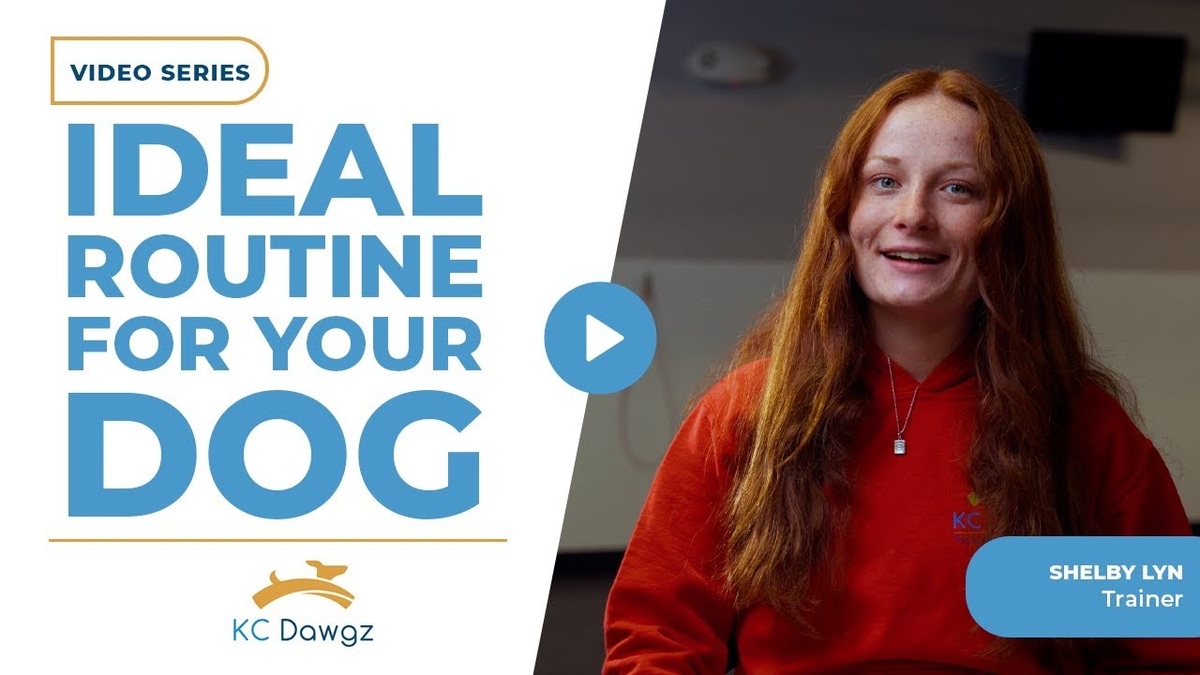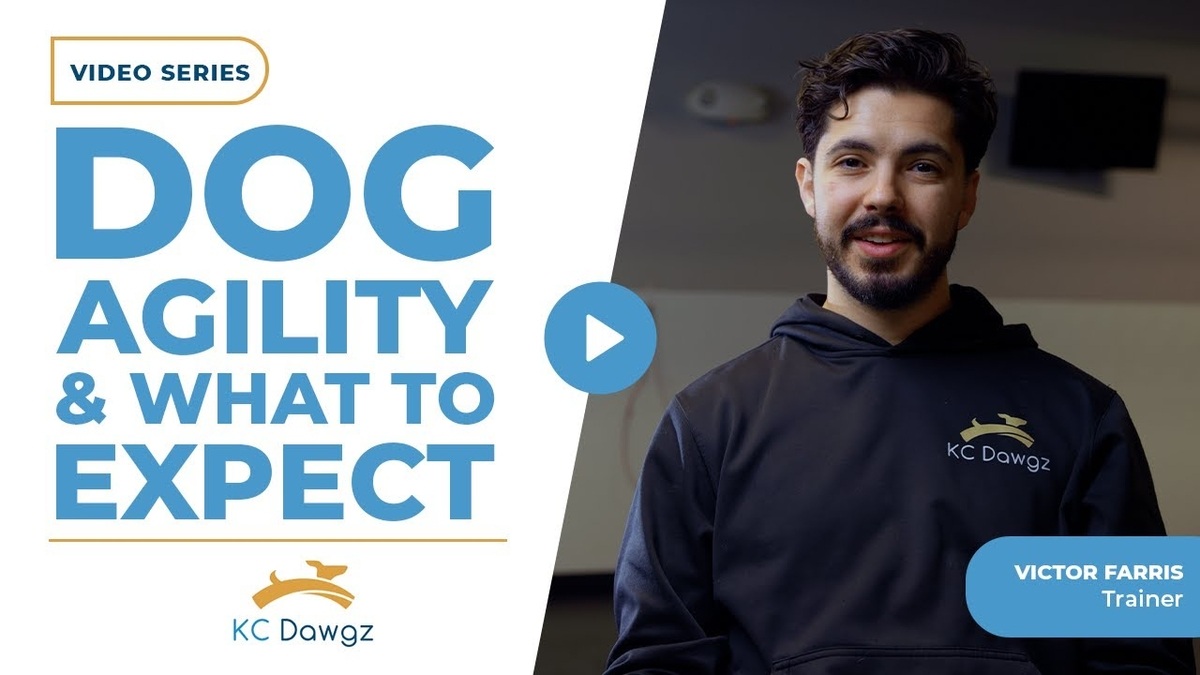Dog agility is a training activity that teaches dogs to move over jumps, through tunnels, and across contact obstacles with clear cues and safe form. It builds balance, strength, and focus while improving the working bond with the handler.
We start with basic skills, low heights, short paths, and strong check-ins after each obstacle. This keeps the learning smooth and safe. With a clear plan, any dog can make steady progress in dog agility at home or in a training center.
Set Your Agility Goal First
Competition or Confidence Building?
Decide if you want to compete or add a fun, structured activity to your routine.
- Competition goal: precise skills, formal cues, consistent criteria.
- Companionship goal: safe movement, smooth flow, and joy on course.
Key Takeaway: Match your plan to your goal. A competition path uses stricter rules. A confidence path uses simpler steps and more play.
What to Expect at Each Level
- Competition path: more reps per obstacle, clear stops, tighter timing.
- Companionship path: shorter drills, easy lines, big rewards after each obstacle.
Teach Obstacles One by One
The Core Method for Trials
For sport-ready teams, we teach each obstacle as its own skill. The dog finishes, stops at the target zone, then takes the next cue from us. This structure keeps the run safe and clean.
- Name the obstacle: jump, tunnel, A-frame, contacts.
- Set criteria: where to start, where to end, and when to release.
- Reps with rest: 3 to 5 clean reps, then a break to reset the brain.
This is our plan for how to teach dog agility in competition. Clear stops, clear cues, and calm releases create reliable behavior on any course.
Pro Tip: Use low heights early. Success builds speed later. Rushing height or speed too soon leads to form errors and missed contacts.
Building Flow for Fun Teams
For companionship teams, we still teach one obstacle at a time, but we keep the vibe light. Focus on safe landings, straight approaches, and a happy pace. Reward after every success and move on.
Home Training That Works
How to Teach Dog Agility at Home
You can make real progress in small spaces. Start with luring and simple paths.
- Use a treat or toy to guide your dog over the side of a couch cushion, around a chair, under a broom on two stools, and through a doorway as a mock tunnel.
- Mark and reward when paws reach the finish spot.
- Keep lines short. Two or three obstacles in a row are enough at first.
Key Takeaway: Short, safe reps win. Your dog should finish, look to you, then move to the next mini task. That habit transfers to real courses.
Build Handler Focus
We want the dog to finish an obstacle, check in with us, then go to the next one on cue. Try this simple follow game three minutes a day:
- Step left, reward when your dog follows at your hip.
- Step right, reward.
- Add a turn, reward. This keeps eyes on you and makes direction changes easy later.
Need expert help with dog agility training? Contact KC Dawgz Training Academy for a free consultation.
Safety, Pace, and Progress
How Fast Should You Advance?
Move up when your dog hits criteria three sessions in a row. If the form breaks, step back and lower the difficulty. Keep sessions under 10 minutes with water and shade nearby.
Common Mistakes to Avoid
- Too many reps without rest
- Raising jump height too soon
- Vague release cues
- Skipping the stop at the end of contact obstacles
Pro Tip: Video one set per session. A 20-second clip shows footwork, speed, and your timing. Small fixes from video deliver big gains next time.
Benefits You’ll Notice
- Better impulse control and focus in daily life
- Stronger body awareness and joint stability
- Deeper bond from clear communication
- Healthier outlets for energy and drive
Next Steps With a Coach
We tailor progressions, choose safe equipment, and set clean criteria for each obstacle. If you want a simple path on how to teach dog agility, we can map week-by-week drills, home setups, and ring-readiness milestones.
Decide your goal, teach one obstacle at a time, reward the stop and check-in, then add short sequences. Keep it safe, short, and fun, and your dog will grow in skill and confidence.
Ready to get started? Book a session today at KC Dawgz Training Academy. Our team will plan your course, coach your timing, and prepare you for success in sport or play. If you want a trusted partner for dog agility, schedule your consultation now, and let’s build a confident, fast, and focused teammate.




